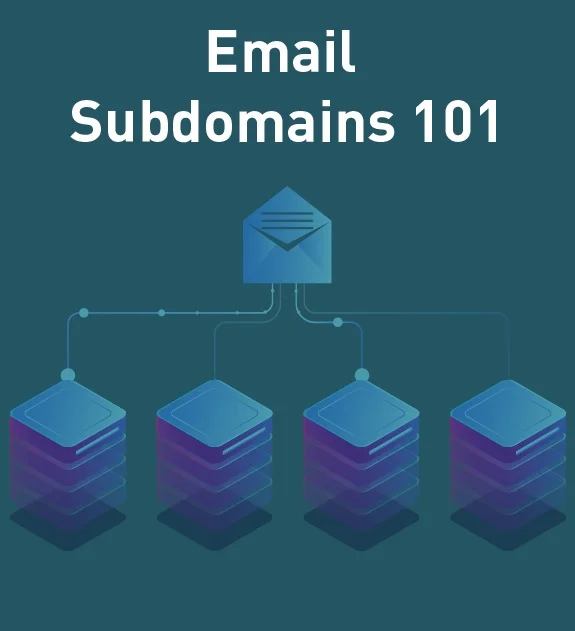Five Goals To Boost Your Email Marketing Metrics
The secret behind a successful email marketing campaign depends on marketeers, who keep on monitoring their marketing events at regular intervals. The question is – how one can improve their email marketing metric by setting well-planned goals?
Talking about Email marketing metrics, it provides you significant information about your email marketing campaigns, and helps you to frame marketing strategies for the future. If you have started monitoring your metrics’ performance, then you’ll notice changes in your marketing outcomes, and can act accordingly.
To illustrate: Low open rates often indicate that you need to rework with your timing schedules and subject lines, instead of changing every element of your email content at once. To improve your metrics’ performance, plan your targeted goals by considering a specific metric. By doing this, you’ll be able to focus more on multiple target areas at a time.

Email Marketing – Best Goal
We have outlined below a few basic steps that help you improve metrics by setting goals. Let’s discuss each of them:
A. SET YOUR GOALS PROPERLY
Before initiating your marketing activity, set your goals precisely by reviewing your overall marketing strategies, and setting specific and clear objectives for your business.
You know very well, what your marketing business needs most. It can be either inclusive of more sales and leads, or more subscription.
You must note down several different alternatives, and then select one objective that matches with one of those selected alternatives to focus on key area.
B. LINK YOUR OBJECTIVE WITH A SPECIFIC METRIC
Your defined objective applies to overall business and marketing practices, but it can be linked directly to a specific email marketing metric. If you want more leads, this means that engaging with your current prospects. If this is your objective that you wish to achieve, then you have to focus on improving your open rates, with well-planned strategies.
The tactic gives you a good starting point, as higher opens can open the door for improving other metrics’ performance too (Click through rates, and conversion rates, etc).
C. REVIEW AND COMPARE YOUR PAST MARKETING PERFORMANCE
Once you’ve selected an appropriate metric to focus on; review and compare your past marketing performance in this metric by looking at past trends’ figures. Do you notice a slow increase in the metric as your email list grows? Are there any spikes or jumps in your marketing performance? Is your subject line not scoring more open rates?
By looking at each scenario, compare your past marketing performance with the existing one. This helps you to plot new strategies that will be more effective and gain good response from your marketing events.
D. SET A SPECIFIC OBJECTIVES FOR THAT METRICS
Just by setting a goal to improve your open rates does not sound specific enough. If you aim to achieve your overall business’s objectives, then you have to define goals concisely, and assert it into a definite term.
To achieve overall objectives, you have to specify your target, like increasing open rates up to 15 per cent over the course of 60 days. Share your objectives with everyone, who has participated in your marketing activity, and let them know about your marketing criterias for achieving your defined objectives.
E. SELECT AN EFFECTIVE TACTIC TO REACH YOUR METRIC GOAL
Tactics are actions that you apply in your marketing events, and techniques that you will make use of in reaching your metric goal. Both the tools are very essential to change your metric outcomes, and rests of your outcomes depend on your past metric records.
So, you need to opt for an effective tactic that you will be using to improve your business standards to create a plan, and helps you to reach accomplish your desired objectives.
Every marketeer should employee email marketing metrics to monitor their marketing performance, thereby improving business standards, and achieving their marketing objectives. The metric figures give you a brief idea where your marketing performance lacks, as well as in which area you need to focus more to increase customers’ engagement for future deals.
Also Read: 10 Ways to Drive Better Results From Your Email Campaigns





